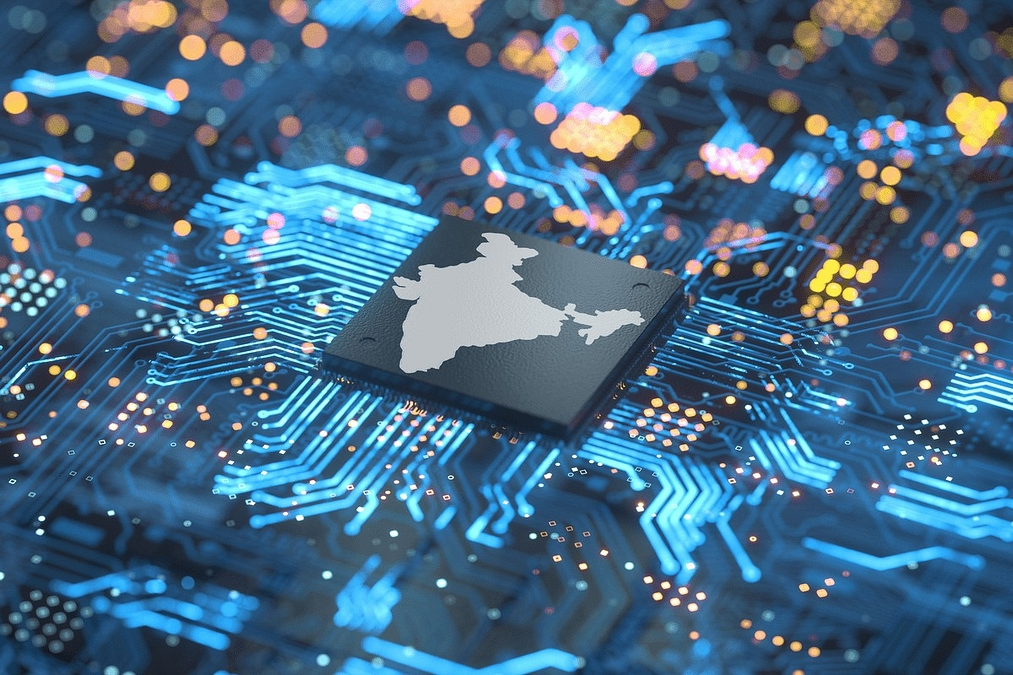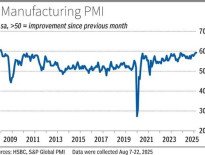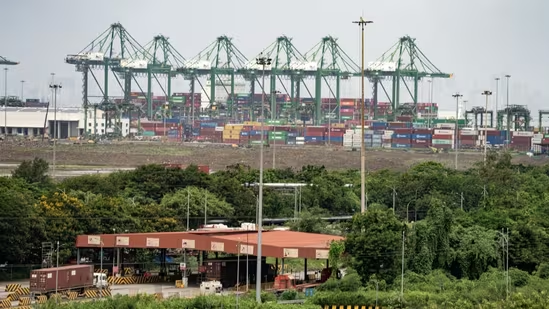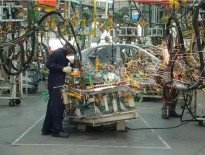Hey, like this? Why not share it with a buddy?
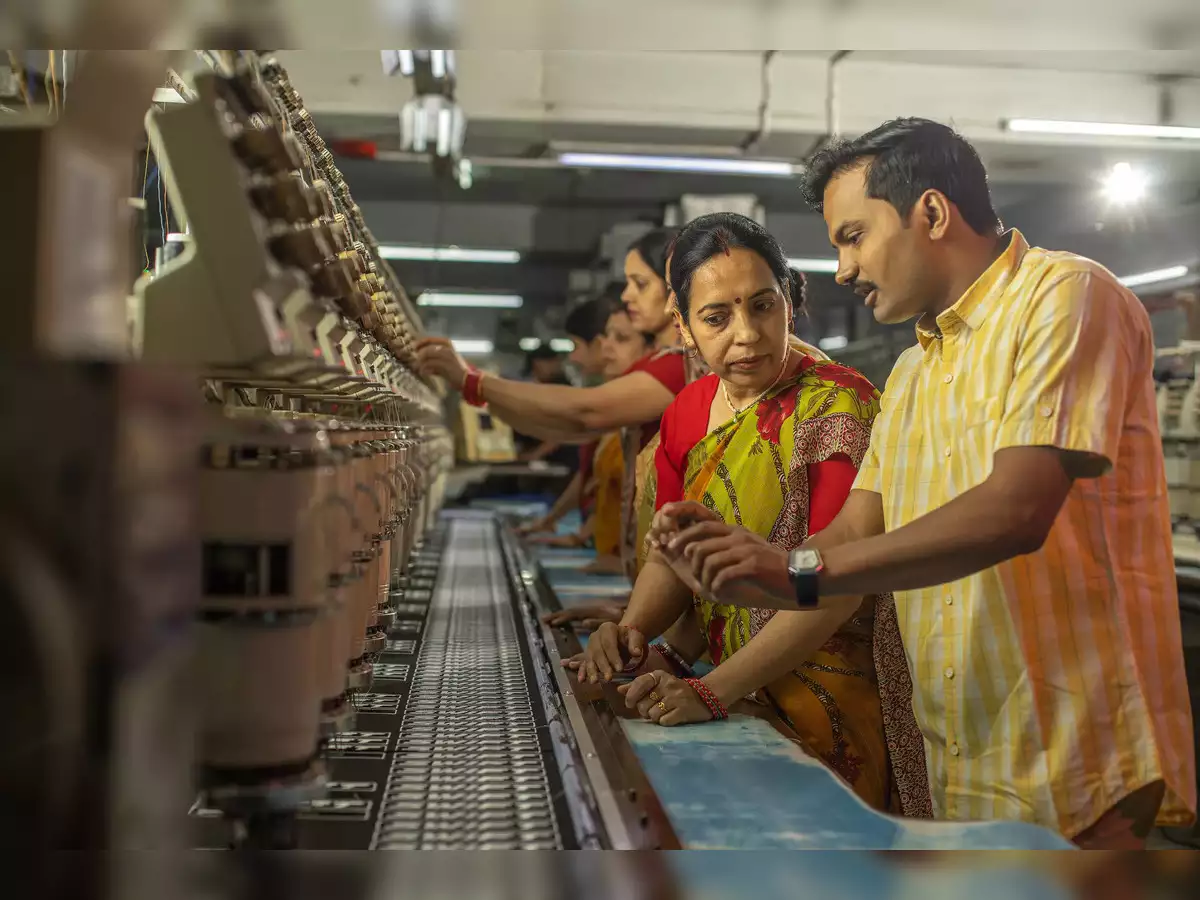
While the Make in India push has helped some big companies, the smaller ones that could not ride this tailwind now risk getting drowned. That is not good news for India’s competitiveness in the global market. The Government’s drive to boost domestic manufacturing has benefitted some business segments but small companies still import a wide variety of products from China because of a big cost differential. A change in policy focus is necessary if India wants to achieve self-reliance and higher growth. “Make in India may be relevant for big firms, but it isn’t for small manufacturers like us,” says Manmeet Singh, a manufacturer and importer of artificial flowers at Delhi’s wholesale hub of Sadar Bazaar. Importing goods from China is much cheaper than manufacturing them locally. Singh says he “enjoys at least a 25% cost differential when sourcing artificial flowers from China compared to manufacturing them here”. A recent report by New Delhi-based think tank Global Trade Research Initiative (GTRI) says India imported artificial flowers worth $32.37 million in FY2024 and 94% of this was from China. Experts say this example, with similar others, shows India’s dependency on China remains strong for several goods that can be made domestically with some policy tweaks. There is an urgent need to reverse this trend to safeguard the business interests of small businesses. GTRI says thousands of MSME-driven product categories are being severely impacted by the dominance of Chinese imports. The heavy reliance on Chinese imports is eroding the market share and survival of Indian MSMEs.
Question of ‘economic sovereignty’:
The think tank groups such products into three categories. Products where China’s share in India’s imports is more than 50% include umbrellas (95.8% share); human hair articles (91%); glassware (59.7%); leather articles (54.3%); and toys (52.5%). Ceramic products and musical instruments are also on this list. Products where China’s share in India’s imports is 30%-50% include furniture, bedding and lamps (48.7%); tools, implements and cutlery (39.4%); articles of stone, plaster and cement (49.3%); and carpets (31.8%). Products with a lower share of imports are paper and paperboard products (24.7%); essential oils and cosmetics (24.0%); and edible preparations (21.6%). GTRI says the market opportunities of these MSME-driven product categories are shrinking as the Chinese imports have become more prevalent. Some MSMEs have shut down as they are unable to compete with low-cost Chinese products. “While trade deficits in natural resources like crude oil and coal are less concerning, the growing dependence on imported industrial goods threatens India’s economic sovereignty,” says GTRI. The situation begs the question why India has not been able to widen the “atmanirbhar” push to include a wide variety of products despite persistent efforts to boost local production through the “Make in India” initiative, launched in 2014, and other such drives. Forget self-reliance, say industry observers, we are watching helplessly as the competitiveness of domestic producers gets impacted. Most MSMEs will confirm behind closed doors that Chinese manufacturers have a reputation to produce innovative and unique designs that meet the needs and preferences of buyers from across the world, and at a much cheaper price. “Chinese manufacturers operate on economies of scale to produce vast choices of products at much cheaper prices,” says Singh of Eikaebana Flowers. “No country can match their quality. We tried sourcing from Vietnam, but it was expensive and the variety was limited. But if we ask the Chinese for 50 samples, they give us 2,000.”
Singh clarifies that similar products made in the country do not have the finish of Chinese goods. This is why many MSME manufacturers juggle between importing from China and producing locally to keep their business afloat.
Deep manufacturing is key:
So, what is preventing Indian MSMEs from achieving the quality and scale of China? Experts reason that it is because more than 99% of MSMEs in India are micro enterprises that traditionally lack the financial resources to invest in deep manufacturing. The GTRI report also mentions this: “India urgently needs to invest in deep manufacturing to reduce its reliance on critical industrial imports, especially from China.” Deep manufacturing refers to production that emphasises innovation, technological integration and value addition. It uses robotics, precision engineering and advanced materials to create complex products. While traditional manufacturing focuses on cost-efficiency and mass production, deep manufacturing prioritises research and development (R&D), customisation and specialised production techniques. This helps companies produce goods that are differentiated by their complexity and superior performance. As MSMEs are responsible for about 45% of India’s outward shipments, it’s imperative for them to embrace deep manufacturing at scale to remain competitive globally. But Singh says small companies struggle to get funds to invest and grow. He terms his experience of approaching a bank for funding as “unease of doing business”. “I spent a significant amount of time and money to get the paperwork in order for a loan. It was all in vain.” The manufacturer recalls that the bank refused to give a loan as his bank balance was fluctuating. “MSMEs continuously rotate their working capital. If I had enough excess funds in my bank account, why would I need a loan?” he asks. This is why MSMEs need help in allocating resources for capital-intensive techniques that prioritise high-quality, precision-driven and innovation-led manufacturing practices.
High cost of doing business:
India has to find a way to lower input costs and simplify regulations for deep manufacturing to take root here, says Ajay Srivastava, Founder of GTRI. “Businesses in India face capital costs of 9-10%, while in China it’s only 4-5%. Industrial electricity in India costs $0.08-0.10 per kWh, against $0.06-0.08 in China. Although India has traditionally excelled in textiles, garments, leather and footwear by using local raw materials, it is now losing competitiveness to countries like Bangladesh and Vietnam. Production costs and complex regulations are the main reasons,” he explains.
The country’s policymakers give priority to processes that give results quickly, he says. This is why assembling ready-made parts into a finished product is becoming prominent. But sustainable growth will come only if the country adopts a long-term perspective on manufacturing. This requires investing in research and development and leveraging reverse engineering. Srivastava asserts that only this will reduce the reliance on imported inputs and technologies over time. A section of experts say that India has made significant headway in deep manufacturing. Automakers, for example, have been able to use deep manufacturing to research and innovate engines and components. The pharmaceutical industry has used deep manufacturing to secure a dominant position in generic medicines and biopharmaceuticals. The medical device sector is in a growth phase because of deep manufacturing. The experts also add the chemicals and petrochemicals segment to the list because of success in refining and value-added chemical production. However, MSMEs have not been able to benefit from this trend because of their fragmented and informal nature.
‘Don’t leave MSMEs behind’:
There’s a clear disparity between large companies and MSMEs, says Shekhar Sanyal, Country Head and Director, Institution of Engineering and Technology (IET) India. While larger companies are adopting advanced processes, MSMEs struggle as they have limited resources. “Although policies like the Production Linked Incentive (PLI) scheme are improving manufacturing growth, there is a significant gap that needs addressing. To achieve our deep manufacturing goals, we must ensure that MSMEs are not left behind. This requires targeted policies and support systems to integrate them into the larger manufacturing ecosystem,” he says. MSME-focussed programmes like the Technology Upgradation Scheme, which provide grants and low-interest loans to small enterprises to implement sophisticated industrial technologies, are the need of the hour. Businesses that demonstrate success in import substitution, technology adoption, increased productivity and higher employment should get priority. While high capital costs and limited access to formal credit are problem areas, MSMEs also face other challenges. It is equally important to make changes in logistics and supply chain, infrastructure development and regulatory processes. “A skilled workforce is also essential for deep manufacturing. We need to invest in education and vocational training to build a talent pool. Policies that incentivise innovation and R&D, alongside cheaper capital, would enable MSMEs to invest in technology and advanced manufacturing.” The creation of a supportive ecosystem that includes mentorship, technology transfer and market access to help MSMEs overcome financial constraints and participate in deep manufacturing.
How larger companies can help:
All policies and policy changes should be made keeping MSMEs’ requirements in mind, else the situation would again favour only the big companies. It has to start by taking a comprehensive approach to understand the core issues affecting small businesses. It is noted that some of the exporting firms are not able to receive international payments on time due to reasons beyond their control. But they are still classified as ‘risky exporters’, which limits their opportunities to avail finances at competitive rates. India needs to focus on three important areas. First, it needs to map product items at a disaggregated level to understand the nature of the products. Then map domestic producers in those product categories to understand the reasons for low production. “We need a deep understanding of the manufacturing value chain of each product item to identify areas for policy interventions.” The third step is understanding the impediments to manufacturing. “Such an exercise needs to be conducted in close consultation with relevant Government Departments, private sector, domestic producers and industry associations. To make it simpler, let us choose one product that is imported from China and try to understand the intricacies of its domestic manufacturing value chain through stakeholder consultation. Experts also suggest that large private players be roped in to ensure the benefits of all policies trickle down to the smaller companies, too. Large players excel in some fields as they get better access to cutting-edge technology and expertise. The large private players can be held “partially responsible” for not fully promoting deep manufacturing. They have the resources, tools and expertise that can help MSMEs scale up their capabilities, but have not actively collaborated with smaller businesses. A model akin to public-private partnerships — involving the Government, industry associations and large players — can help MSMEs grow out of the situation they are in, add experts. The primary goal should now be to create a more robust MSME-oriented manufacturing ecosystem by spurring innovation and improving product development systems. This is the only way India can increase its growth trajectory exponentially, like China did.

